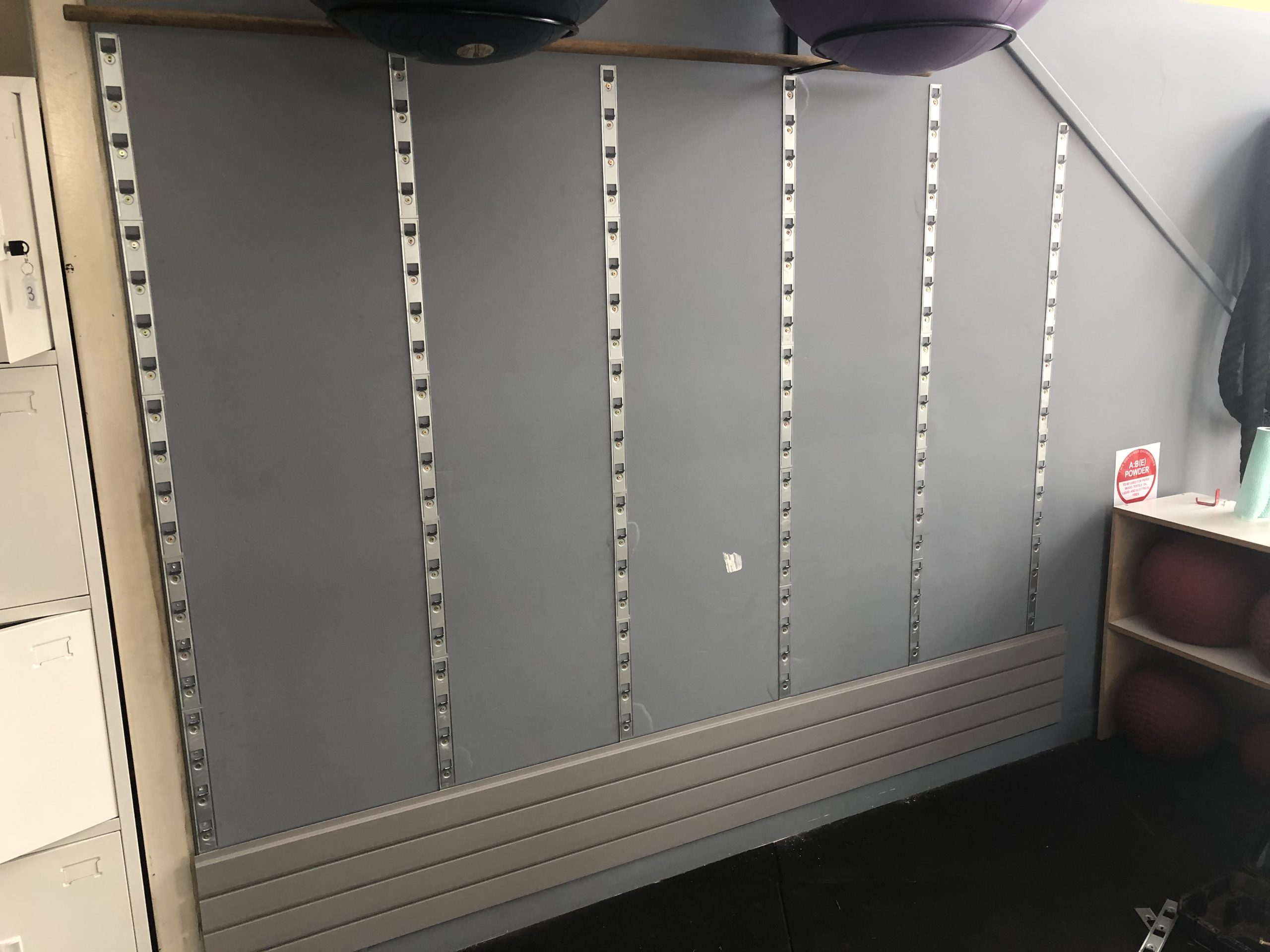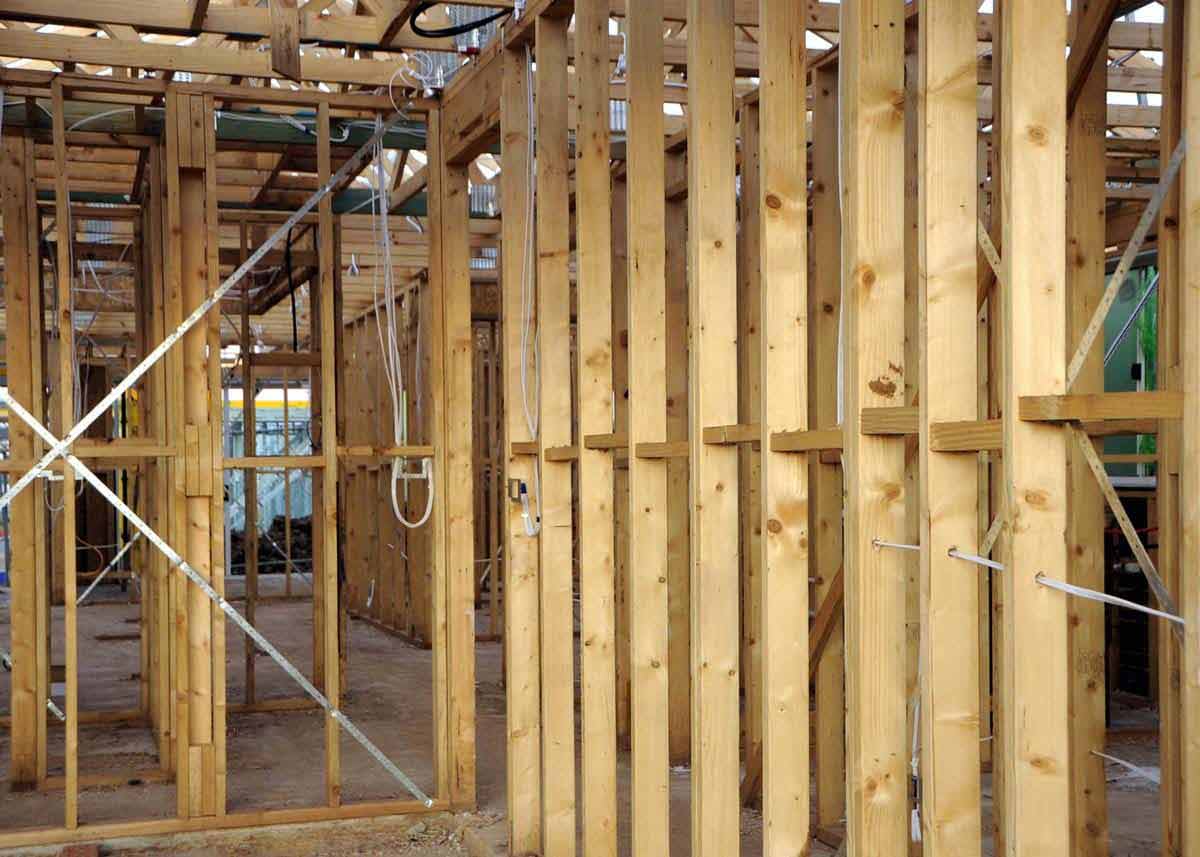
Finding studs behind plaster walls can be challenging, but with the right tools and techniques, you can locate both metal and wooden studs effectively. Here’s a detailed guide to help you find metal and wooden stud.
Understanding Plaster Walls
Behind your plaster wall is a frame that looks like the picture below. Your studs (upright pieces) will typically run the full height of your wall. They will be spaced about 450mm and 600mm (maximum) apart. Between the studs, you have horizontal pieces called Noggins. You will have 1 or two between each stud (depending on the height of your wall).


Tools You’ll Need – Find Metal and Wooden Stud
- Stud Finder: Make sure it’s capable of detecting both metal and wooden studs.
- Tape Measure: Useful for verifying standard stud spacing.
- Impact Driver: For marking holes in plaster once studs are located.
- Magnet: Used for locating metal studs if your Stud Finder can’t.
I have both a Stanley and an Ozito stud finder. Unfortunately, they aren’t always consistent with what they locate. A few drill holes usually solves the arguement.
Using a Stud Finder
- Calibrate the Stud Finder: Place it flat against the wall and turn it on, following the manufacturer’s instructions.
- Scan the Wall: Move the stud finder horizontally across the wall. Most stud finders will beep or light up when they detect a stud. You will need to repeat this several times to confirm that you have located the stud.
- Mark the Stud Location: Use a pencil to mark the edges of the stud as detected by the stud finder.
- Confirm stud location: You should be able to measure the distance between the studs you have located. You should find that the distance should be consistent ie intervals of 450mm.
Visual and Tactile Clues
- Look for Outlets and Switches: Electrical outlets and light switches are usually attached to studs. Measure 15-20cm from these points to find adjacent studs.
- Tap the Wall: Lightly tap the wall with your knuckles. A solid sound indicates a stud, while a hollow sound indicates the space between studs. This can be very hit-and-miss approach.
Verifying Stud Locations
- Drill a Small Hole: Use your impact driver to drill a pilot hole at the marked location. If you hit solid wood or metal, you’ve found a stud. Note that sometimes you might just hit the edge of a stud. Therefore a few holes might be needed to find centre.
Finding Metal Studs
- Stud Finder with Metal Scan Mode: Many stud finders have a metal scan mode specifically designed for detecting metal studs.
- Magnet Method: A strong magnet can help detect metal studs more reliably than wooden ones.
Tips and Precautions
- Multiple Checks: Always verify stud locations using multiple methods to ensure accuracy.
- Be Patient: Finding studs behind plaster walls can be time-consuming. Take your time to avoid mistakes.
- Avoid Pipes and Wires: Be cautious of plumbing and electrical wiring when drilling into walls. Use a wire detector to check for electrical wires.
Conclusion – Find Metal and Wooden Stud
Locating studs in plaster walls requires a combination of tools and techniques. By using a stud finder, magnet, and visual clues, you can accurately find both metal and wooden studs. Always verify your findings and proceed with caution to avoid damaging your walls or hitting utilities.